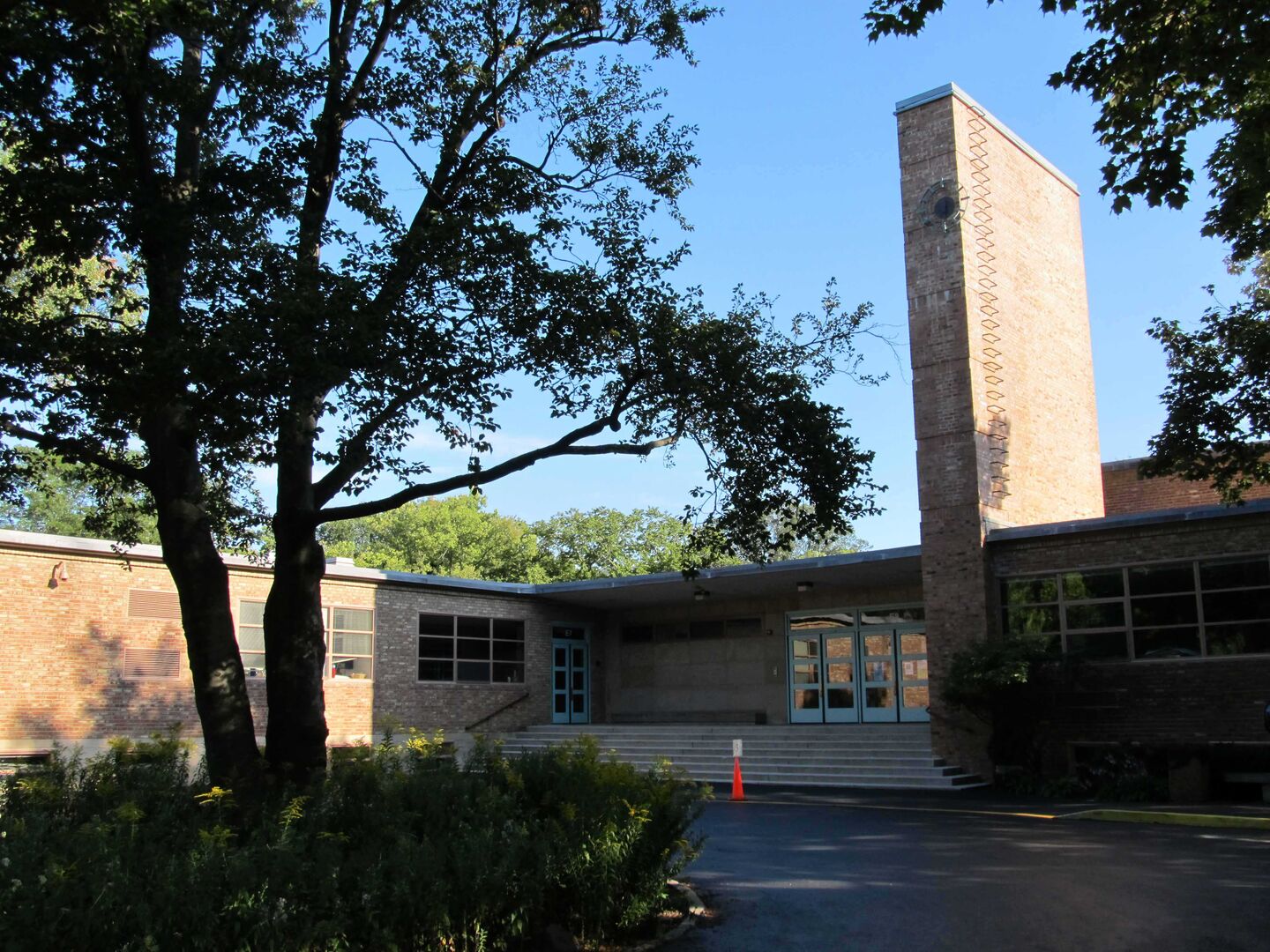Basement Foundation Cracks = Trouble for Homes in Winnetka IL 60093

Winnetka IL is one of the best-known of Chicago’s North Shore suburbs for many reasons:
It’s the namesake of a song hit of the Big Band era, “Big Noise from Winnetka;”
It was the location (and filming site) of the “Home Alone” house; and,
It hosted a 1965 speech by Dr. Martin Luther King.
Perhaps not as well-remembered these days is the important dual role that Winnetka played in the development of American elementary education, in both its pedagogy and its infrastructure.
The “Winnetka Plan,” a system of early elementary education that stressed unstructured, ungraded learning was developed in 1919 by an early superintendent of Winnetka public schools, Carleton Washburne. Washburne’s plan, utilizing a curriculum of “common essentials” and “creative group activities,” was a departure from the rote learning then widely practiced and influenced American education for decades.
Along with the curriculum, Washburne worked with famed architects Lawrence B. Perkins and Eliel and Eero Saarinen to build the Crow Island School where the open architecture and wings for each age level facilitated the unstructured learning process. The school, now a National Historic Landmark, also featured the world’s first “jungle gym” in its play area.
Besides this architectural treasure, there are lots of homes in Winnetka, some built by other famed architects, which house the village’s 12,000 residents. Two-thirds of these homes are more than 70 years old and all but a few hundred are more than 50. Older homes like these often suffer from age-related problems and many display basement foundation cracks.
Basement Foundation Cracks in Winnetka Homes
Both structural and non-structural basement foundation cracks are found in Winnetka homes. Either is an indication of a problem but a non-structural crack is the easier to repair.
Caused by settlement or pressure from over-saturated soil, non-structural cracks are usually narrow (less than 1/8”), run vertically and don’t create a particular pattern in a poured concrete wall. In a masonry wall they will occur in a stairstep pattern in mortar joints. Non-structural cracks may seep water.
Wider than 1÷8”, structural cracks almost always occur in a pattern. In a poured concrete wall, homeowners will usually spot a vertical crack near the center, another angled across each upper corner and, invisible from the interior, vertical cracks on the exterior where the damaged wall is beginning to separate from adjacent walls. Structural cracks will follow the stairstep pattern in a masonry wall but will usually lead to a bulge or a bowed area in the middle.
Fixing a non-structural crack can be done quickly and cost-effectively by injecting it from the interior with expanding polyurethane to fill and seal the crack all the way to the outside soil. The polyurethane will remain flexible after curing to avoid re-cracking from minor foundation movement.
A non-structural crack can also be repaired from the exterior with sodium bentonite clay that creates a permanent barrier on the positive side of the foundation.
Structural cracks are indicators of a bigger problem and not the problem itself; repair requires that the cracked wall be stabilized. Structural cracks are indicators of inward wall movement; a wall that has moved less than two inches can be permanently repaired and stabilized by cementing carbon fiber strips to the wall with industrial-strength epoxy with spacing based on engineering data.
If the wall has moved more than two inches, stabilization will require the installation of low-profile channel steel that is secured to the footing and floor joist above to prevent further movement.
A Winnetka homeowner that finds basement foundation cracks in his or her home will require professional advice and service, whether the cracks are structural or non-structural. At U.S. Waterproofing we offer a unique combination of basement waterproofing and foundation repair expertise based on 57 years of basement waterproofing experience and a dedicated foundation repair team that calls on the newest technology and reliable data to repair and stabilize basements in Winnetka and elsewhere. Why not ask for our free advice?
Have questions about repairing basement foundation cracks in Winnetka homes? Please post them in the Comments box below.




